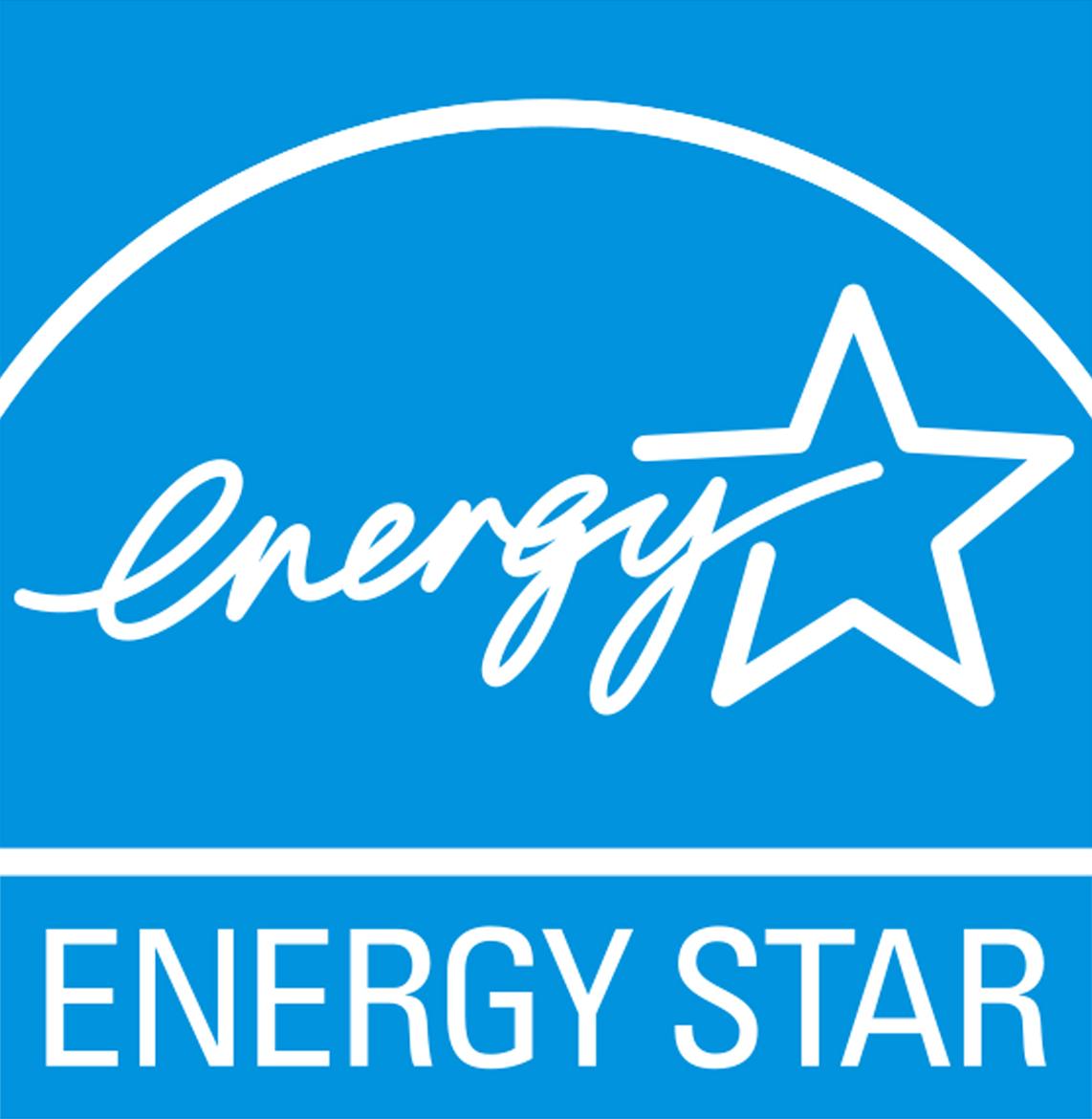 Healthcare organizations encounter daily financial challenges in their quest to provide the best care to patients and maintain quality work environments for their staff. The day to day cost of running a medical facility is staggeringly expensive. One way medical facilities can see a reduction in expenditures is by using ENERGY STAR programs and tools as an aid in the decision-making process.
Healthcare organizations encounter daily financial challenges in their quest to provide the best care to patients and maintain quality work environments for their staff. The day to day cost of running a medical facility is staggeringly expensive. One way medical facilities can see a reduction in expenditures is by using ENERGY STAR programs and tools as an aid in the decision-making process.
A joint program of the U.S. Environmental Protection Agency and the U.S. Department of Energy, ENERGY STAR helps organizations reach their energy efficiency goals. One of the easiest ways to save energy and therefore cost is through a facilities’ assessment and procurement of equipment. The program establishes strict energy efficiency guidelines for more than 40 product categories, including office equipment, appliances, and electronics. Products that have earned the ENERGY STAR are among the top performers in their respective categories.
When it comes to office equipment such as computer monitors, printers, and copiers, much of the energy from these products is wasted as heat because equipment is left on when not in use throughout the workday. In many healthcare settings they’re on 24/7. Improving the efficiency of office equipment can reduce cooling loads as well as electricity consumption. Office equipment in “sleep” mode consumes about 20% of the electricity than it does in full-power mode.
Equipment in staff lounges and vending areas often waste energy. ENERGY STAR qualified refrigerators use 40% less energy than conventional models, and provide the same amenities at a similar cost. Vending equipment is typically lit and often refrigerated continuously, consuming energy 24 hours a day. An ENERGY STAR qualified vending machine is 35% more energy efficient than standard new machines, saving facilities 1300kWh/year per machine, or $90 annually on utility bills.
Many healthcare facilities require commercial refrigeration to maintain critical temperatures for stored health-related items. ENERGY STAR commercial refrigerators and freezers can lead to energy savings of as much as 35% over conventional commercial refrigerators, with an average 1.3 year payback. Purchasers can expect to save $170 annually per refrigerator and $120 per freezer.
Consumer electronics play an increasingly larger role in health facilities’ energy consumption. Many products such as television, audio, and DVD products use energy even when switched off. This energy is called a ‘phantom load’, and has a hidden cost even when products are in “stand by” mode. When they’re off, ENERGY STAR qualified DVD products use as little as one quarter of the “phantom load” used by standard models.
Many facilities have seen significant reductions in energy costs by initiating the use of ENERGY STAR products. For instance, Denver Health Pavilion for Women and Children is saving 7% off their annual energy bill by using primarily ENERGY STAR equipment and appliances. Of the 814 pieces of equipment at the facility 752 are ENERGY STAR qualified, saving $29,217 in energy per year. ENERGY STAR also provides tools such as Target Finder and Portfolio Manager to help you manage the energy performance of your entire portfolio of facilities. The Target Finder tool helps designers and building owners set realistic yet aggressive energy targets and rate a design’s estimated energy use against similar buildings of comparable occupancy. Portfolio Manager is an indispensable tool for existing facilities to bench- mark energy performance, develop and assess progress towards energy management goals, and identify strategic opportunities for savings. For more information on the ENERGY STAR program and tools visit: www.energystar.gov